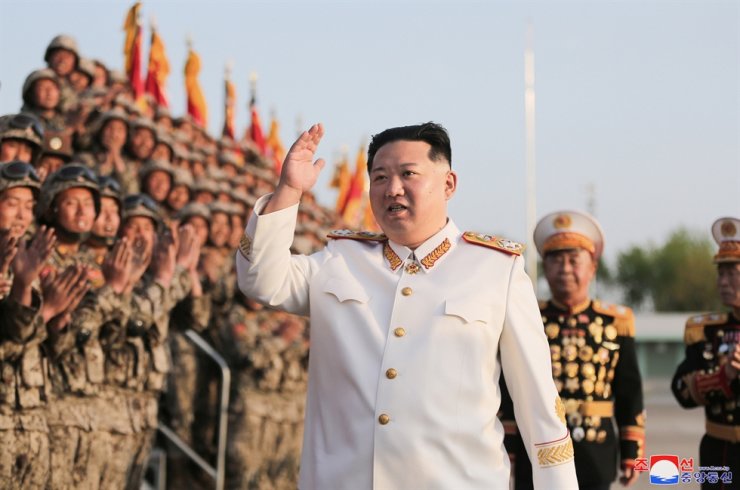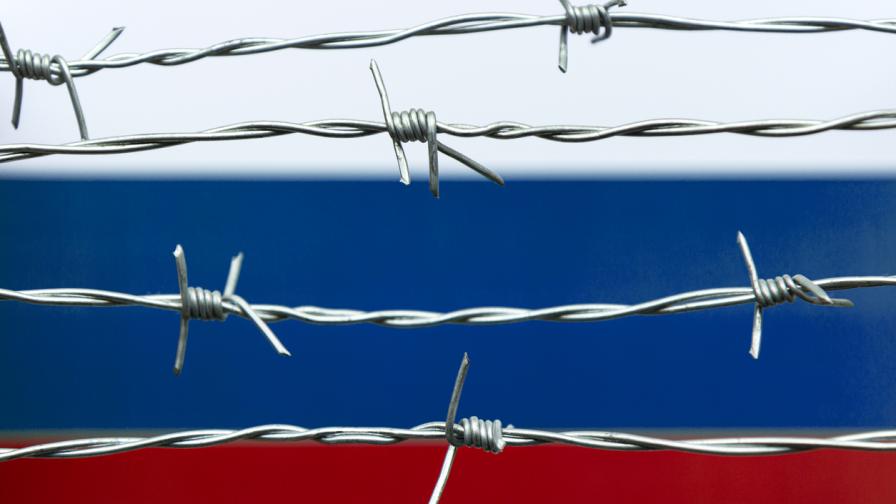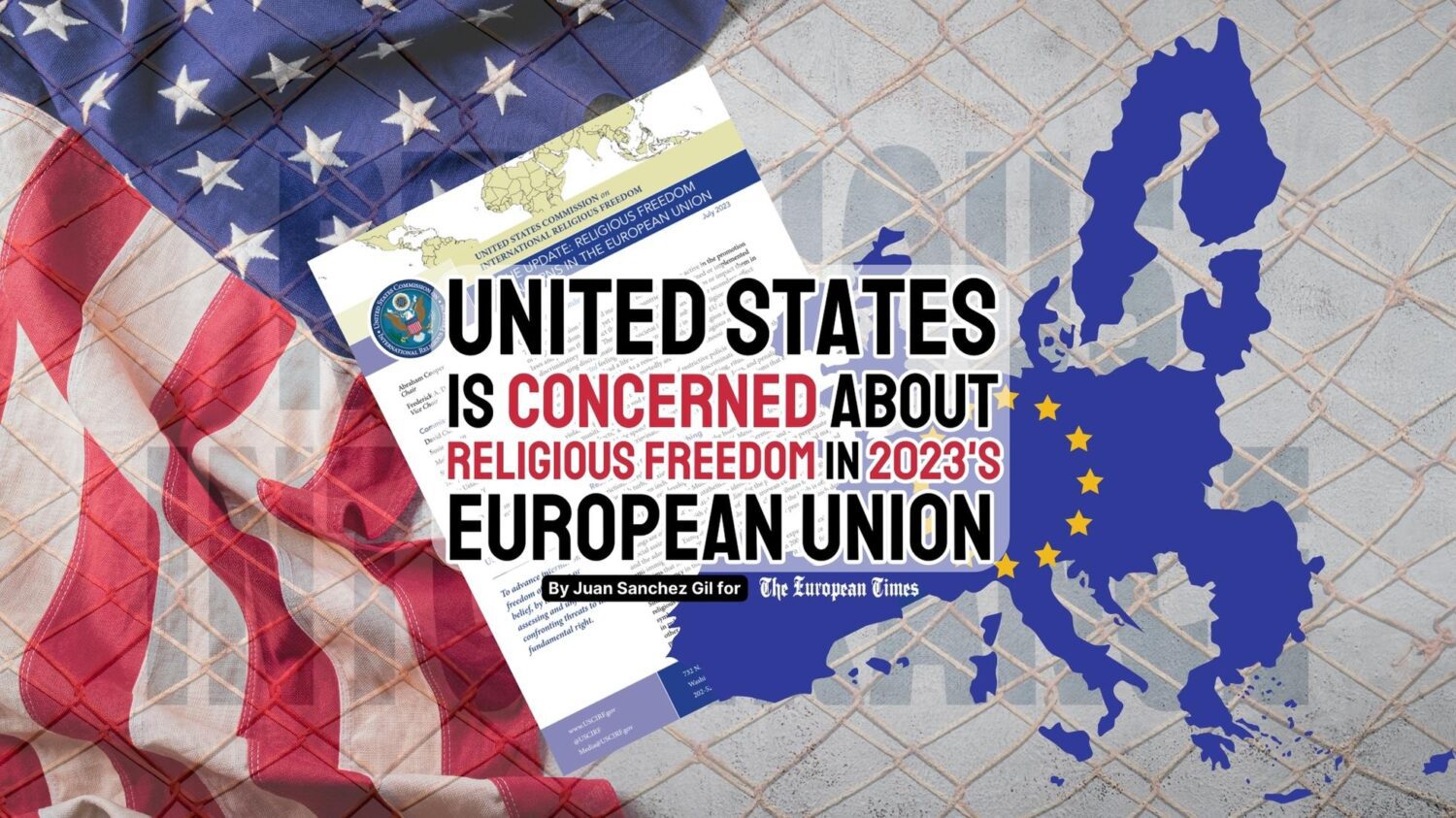While there is no European army and defence remains exclusively a matter for member states, the EU has taken big steps to boost defence cooperation in the past few years.
Since 2016, there has been significant progress in the area of EU security and defence with several concrete EU initiatives to encourage cooperation and reinforce Europe’s capacity to defend itself. Read the overview of the latest developments.
High expectations for EU defence
The vast majority of EU citizens (81%) are in favour of a common defence and security policy, with at least two thirds backing it in each country, according to 2022 data published by Eurobarometer. Some 93% agree that countries should act together to defend EU territory, while 85% think that co-operation on defence should be increased at EU level.
81%
Percentage of EU citizens in favour of a common defence and security policy
EU leaders realise that no EU country can tackle the current security threats in isolation. For example French President Macron called for a joint European military project in 2017, while former German chancellor Merkel said “we ought to work on the vision of one day establishing a proper European army” in her address to the European Parliament in November 2018. Moving towards a security and defence union has been one of the priorities of the von der Leyen Commission.
EU measures to boost defence cooperation
A common EU defence policy is provided for by the Treaty of Lisbon (Article 42(2) TEU). However, the treaty also clearly states the importance of national defence policy, including Nato membership or neutrality. The European Parliament has consistently supported more cooperation, increased investment and pooling of resources to create synergies at EU level to better protect Europeans.
In recent years, the EU has begun to implement ambitious initiatives to provide more resources, stimulate efficiency, facilitate cooperation and support the development of capabilities:
- The permanent structured cooperation (PESCO) was launched in December 2017. It currently operates on the basis of 47 collaborative projectswith binding commitments including a European Medical Command, Maritime Surveillance System, mutual assistance for cyber-security and rapid response teams, and a joint EU intelligence school.
- The European Defence Fund (EDF) was launched in June 2017. It was the first use of the EU budget to co-fund defence cooperation. On 29 April 2021, MEPs agreed to fund the flagship instrument with a budget of €7.9 billion as part of the EU’s long-term budget (2021-2027).
- The EU has strengthened cooperation with Nato on projects across seven areas including cybersecurity, joint exercises and counter-terrorism.
- A plan to facilitate military mobility within and across the EU to make it possible for military personnel and equipment to act faster in response to crises.
- Making the financing of civilian and military missions and operations more effective. Since June 2017 a new command and control structure (MPCC) has improved the EU’s crisis management.
Spending more, spending better, spending together
EU countries spending more on the procurement of defence equipment
According to data published by the European Defence Agency on 8 December 2022, total European defence spending stood at a high of €214 billion in 2021, up 6% on 2020, the seventh consecutive year of growth.
The report shows spending on defence equipment and research and development rose 16% to a record €52 billion.
The EU strengthens its common defence strategy
Russia’s war against Ukraine underlined the need for the EU to strengthen its defence strategy and speed up weapons production.
On 13 July, 2023 Parliament voted in favour of €500 million in financing to help EU industry ramp up production of ammunition and missiles to increase deliveries to Ukraine and help EU countries refill stocks, the so-called Act in Support of Ammunition Production. (ASAP).
MEPs are also working on the European Defence Industry Reinforcement through the common Procurement Act (EDIRPA) to support EU countries in jointly purchasing defence products such as weapon systems, ammunition and medical equipment, in order to help fill the most urgent and critical gaps. The aim of the act is to boost the European defence industrial and technological base and foster cooperation on defence procurement.
In June 2023, Parliament and Council reached a deal on new rules to encourage EU countries to jointly procure defence products and support the EU’s defence industry. The new tool will have a €300 million budget until 2025. The EU will contribute up to 20% of the purchase price of common procurement contracts.
Photo by the European Defence Agency















